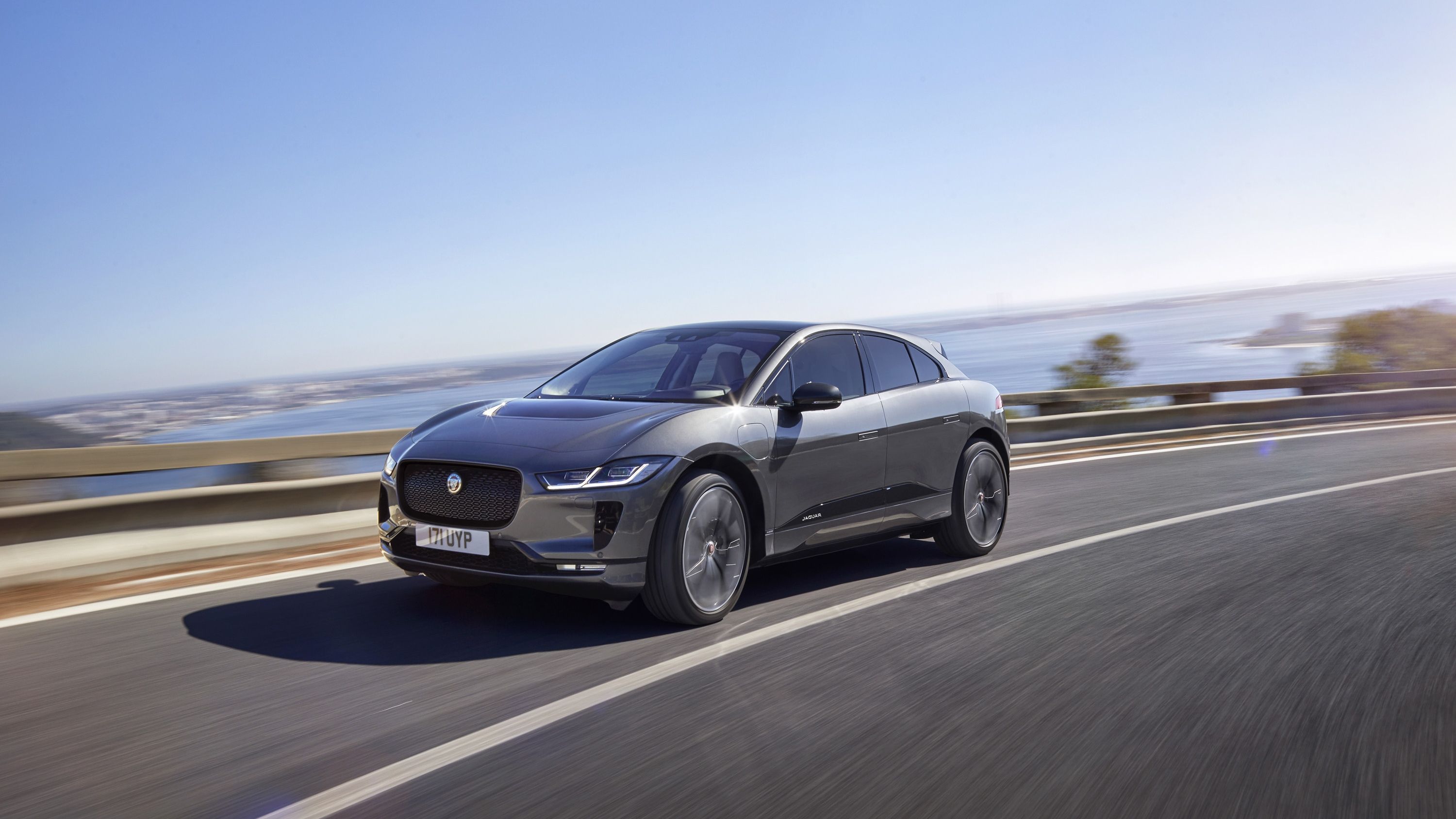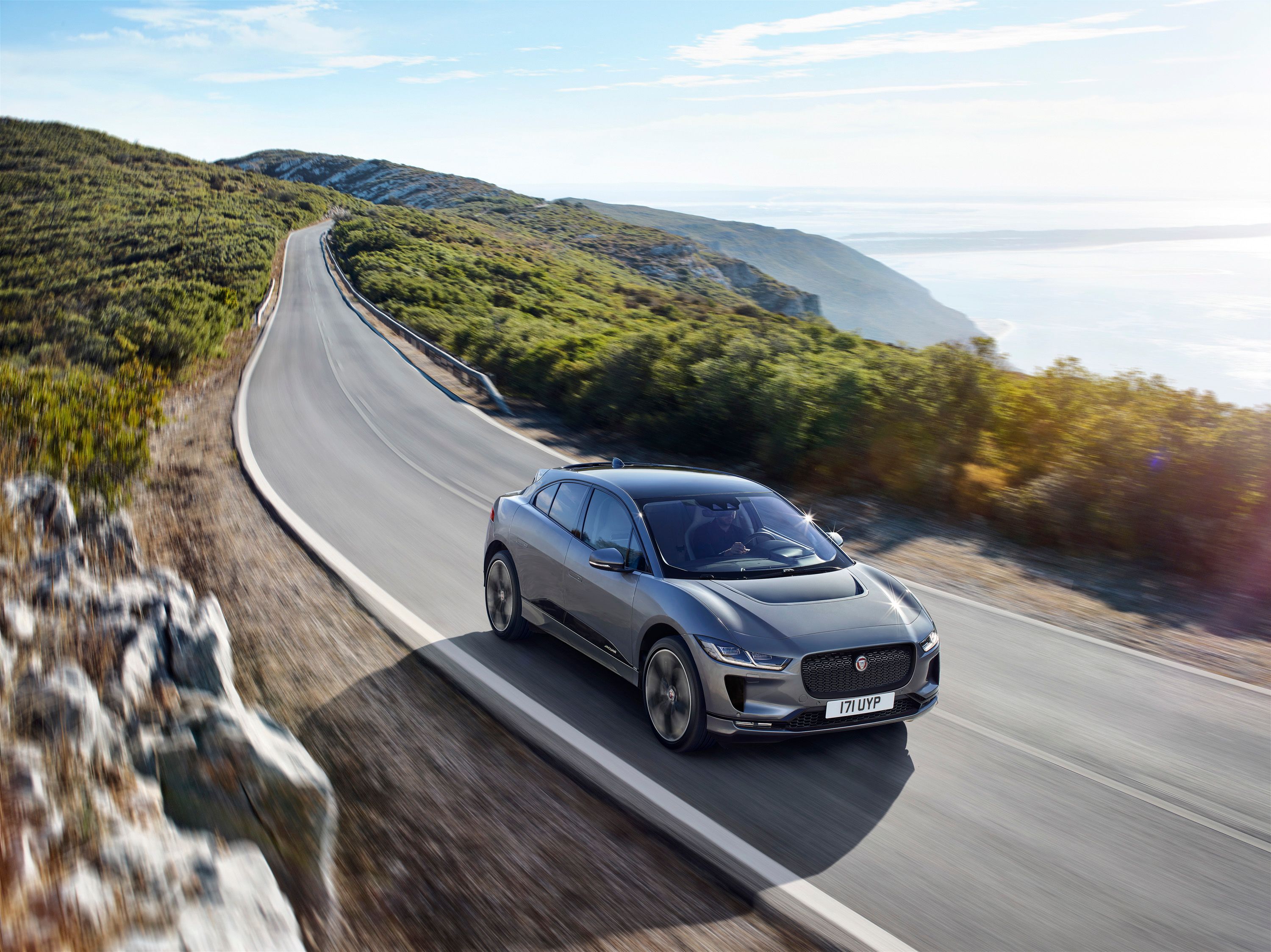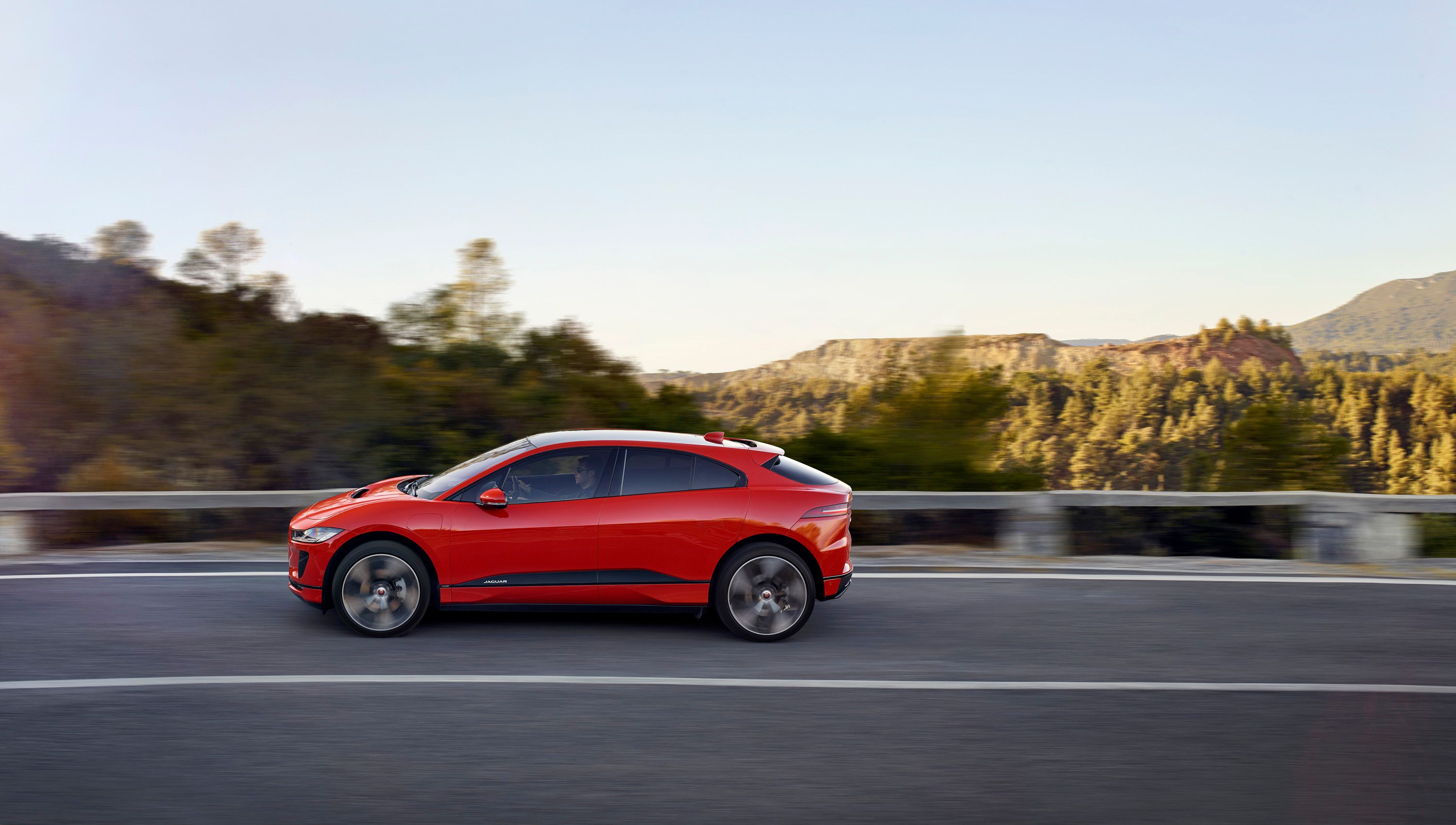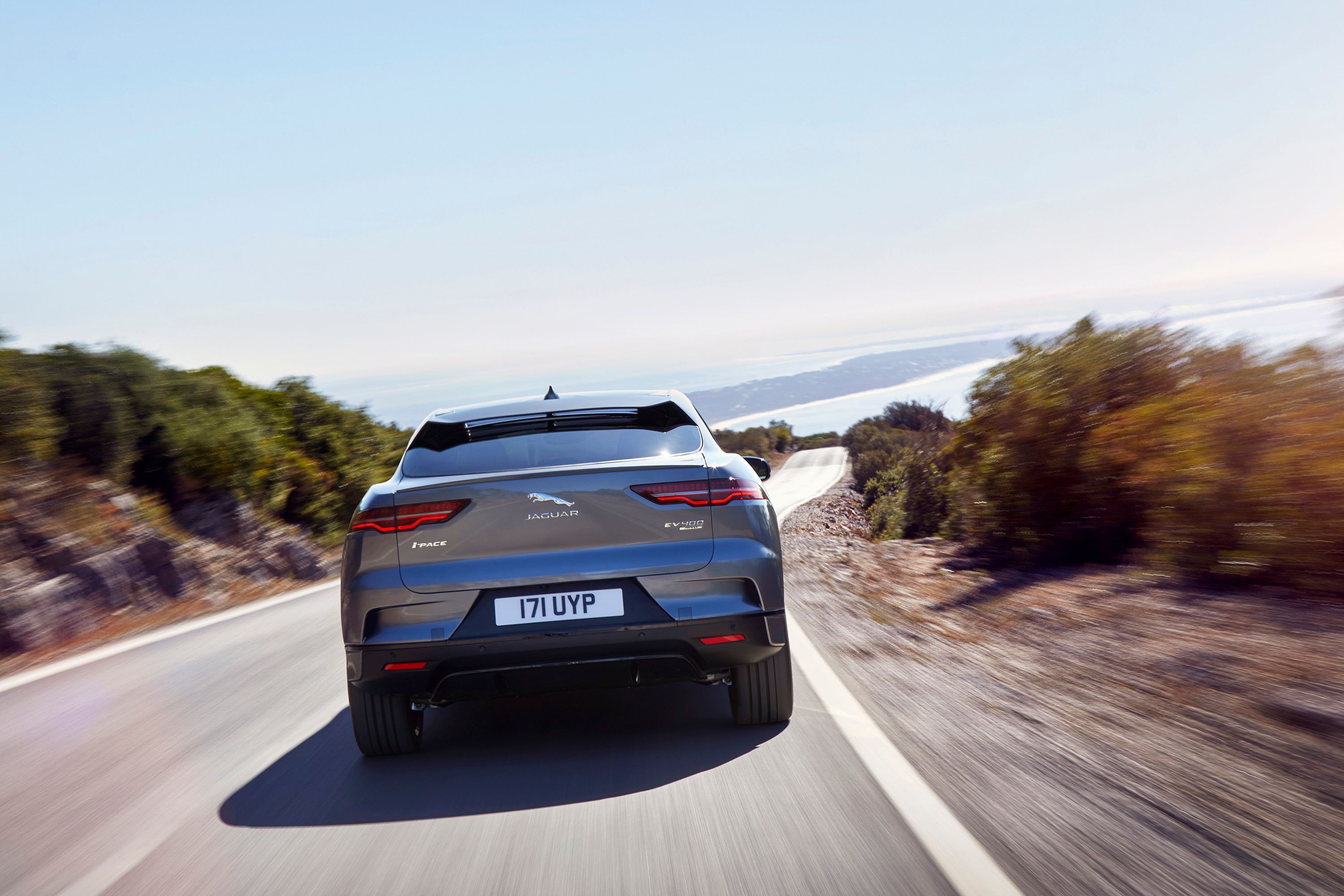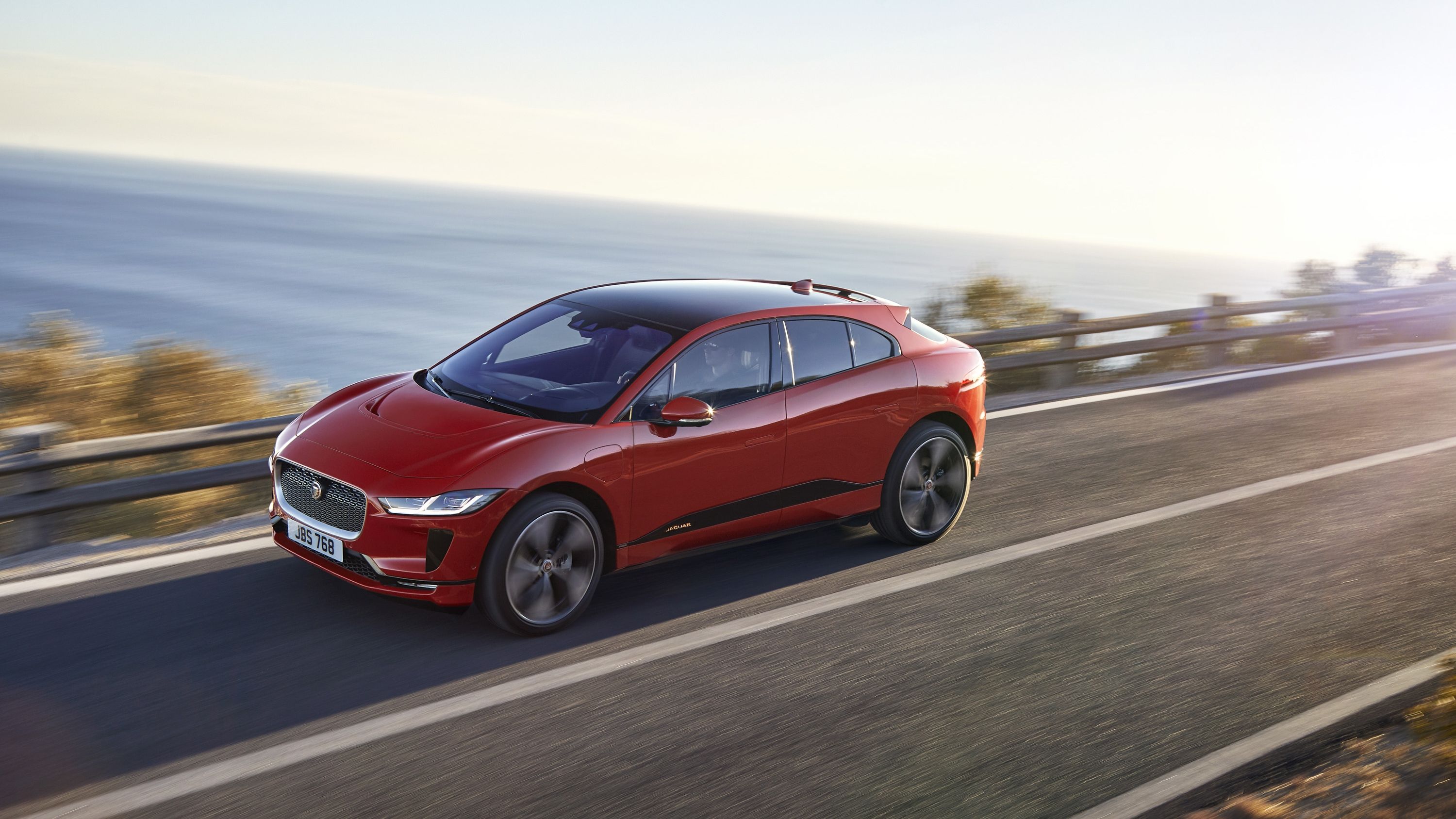The Jaguar I-Pace is the first all-electric SUV from the legendary British manufacturer and, while it is filled with high-end technology to the brim, it seems to fall short in one important area: accident prevention. More precisely, it seems that the car's automatic emergency braking system, or AEB, only hits the brakes when the car is running at an extremely low speed.
Norwegian publication Dinside 20 år gathered 29 cars (four others didn't have AEB systems at all) to test their ability to stop at speed if an obstacle appears in front of them and the person behind the wheel does absolutely nothing. The publication tested all 25 cars that did have this safety feature which should, on paper, apply the brakes when it determines that the driver won't take any sort of evasive action. However, the system inside the Jaguar I-Pace proved lackluster which is all the more intriguing considering the fact that it worked fine on the E-Pace.
The I-Pace brakes on its own only from a slow pace
We all know that an AEB system is supposed to apply the brakes in dire moments when a car's computers figure out that the driver won't take any actions to avoid an impending collision. Norwegian journalists recently decided to figure out at what speed a number of - supposedly - highly intelligent modern cars and SUVs are able to reach with the AEB system still operating and computing.
The top scorer of the 25 cars and trucks tested was Hyundai's Santa Fe whose AEB system kicked in at 52.8 mph. The Nexo, another Hyundai SUV, slowed down from 49.7 mph while Honda's CR-V and Volvo's V60 all were able to slow down while traveling at 46.6 mph. Then came Jaguar's E-Pace whose system only deployed at a speed of 43.5 mph. This result was still better than what the likes of Audi A6, Lamborghini Urus, Volkswagen Touareg or Lexus ES could muster.
However, out of all the cars tested, Jaguar's I-Pace performed the worst.
So, what causes the issues? Jaguar technicians who were on hand at the test said that the car might suffer from a weird glitch although they weren't particularly worried about it: "When the driver's door on i-Pace opens, power is cut to some systems, while the contents of some data stores are erased. This means that the car uses the first ten minutes of driving to "learn" the traffic environment and in what situations the emergency brake system is to be activated," is stated in the article. The I-Pace's AEB system did slow the car down when traveling at 18.6 mph but that's still a letdown when the E-Pace came to a complete stop from 43.5 mph. It's safe to say that the British company will look into what causes the issue to appear since, otherwise, the I-Pace is a great EV.
Further reading
Read our full review on the 2019 Jaguar I-Pace.
Read our full review on the 2018 Jaguar E-Pace.

